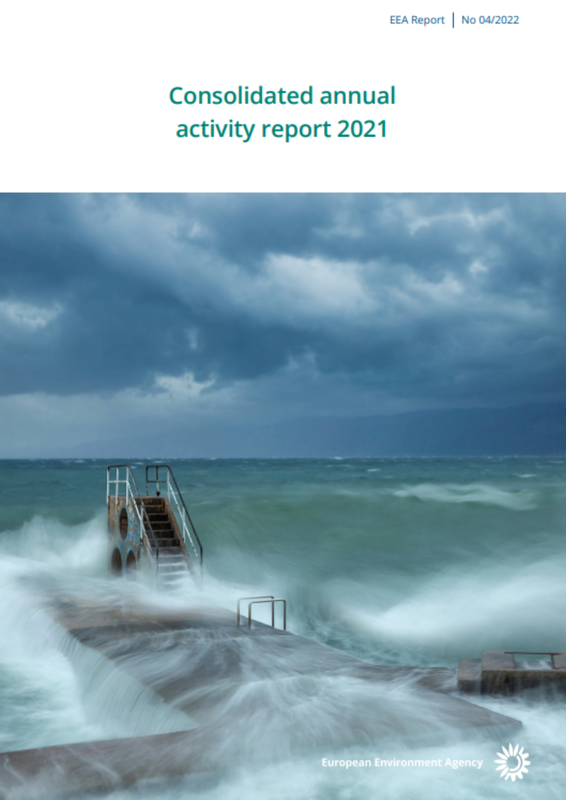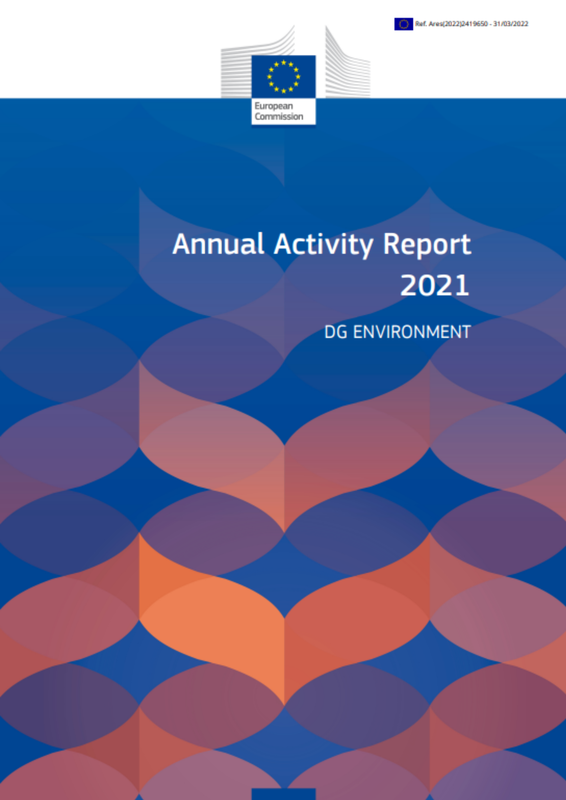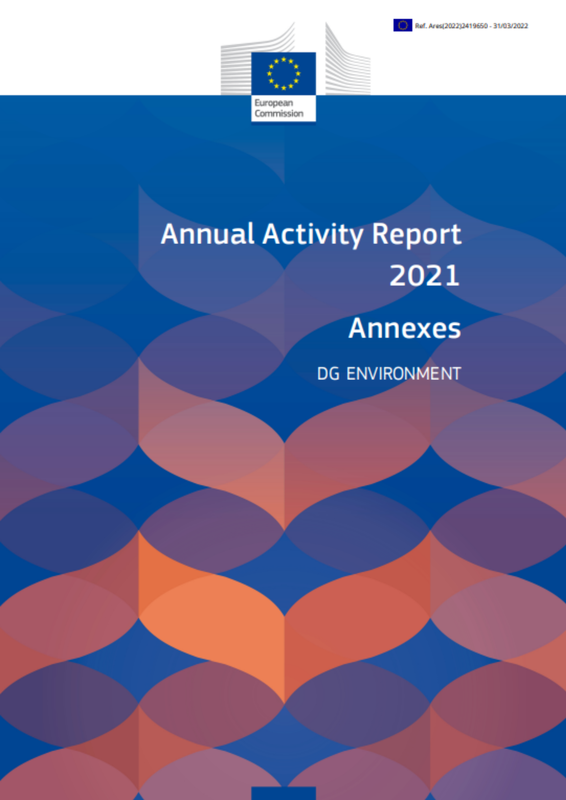|
Brussels, |
|
EU Strategy
The EU environment policy is a comprehensive framework that guides the European Union's efforts to:
- protect the environment,
- promote sustainability,
- ensure the well-being of its citizens
t encompasses various principles, strategies, and initiatives aimed at addressing environmental challenges and achieving a greener future. In this page, we explore the key aspects and goals of the EU environment policy.
One of the fundamental principles of the EU's environment policy is integration. The EU recognizes that environmental concerns cannot be addressed in isolation, and thus, it seeks to integrate environmental considerations into other policy areas such as agriculture, energy, transport, and industry. By mainstreaming environmental objectives across different sectors, the EU aims to ensure a holistic and coordinated approach to sustainable development.
To achieve its environmental objectives, the EU has developed an extensive body of legislation. This legislation covers a wide range of environmental issues, including air and water quality, waste management, nature conservation, climate change, chemicals management, and biodiversity protection. The EU sets high environmental standards and requires member states to transpose and enforce these laws in their national legislation. This harmonized approach ensures a level playing field and consistent environmental protection throughout the EU.
The EU is committed to transitioning to a circular economy, where resources are used efficiently, waste is minimized, and materials are recycled and reused. The circular economy approach aims to break the traditional linear model of "take-make-dispose" and promote sustainable production and consumption patterns. Through initiatives such as the Circular Economy Action Plan, the EU seeks to reduce resource consumption, promote eco-design, and foster the development of green industries and innovative business models.
Climate action is a top priority for the EU environment policy. The EU has set ambitious targets to combat climate change, including reducing greenhouse gas emissions, increasing renewable energy use, and improving energy efficiency. The EU's flagship initiative in this regard is the European Green Deal, a comprehensive plan to make Europe the world's first climate-neutral continent by 2050. The Green Deal encompasses various measures, including transitioning to clean energy, decarbonizing transport, promoting sustainable agriculture, and investing in research and innovation for green technologies.
Biodiversity conservation is another key focus of the EU environment policy. The EU is committed to halting biodiversity loss and restoring ecosystems. It has established the Natura 2000 network, which comprises protected areas across Europe, and implements the Birds and Habitats Directives to safeguard species and habitats of European importance. The EU also supports sustainable agriculture practices, promotes sustainable forestry, and takes measures to prevent the introduction of invasive species.
Effective environmental governance is essential for the success of the EU environment policy. The EU has established mechanisms for monitoring, reporting, and enforcing environmental laws. It conducts regular assessments of member states' compliance and provides guidance and support to ensure effective implementation. The European Environment Agency (EEA) plays a crucial role in providing scientific knowledge, data, and assessments to support evidence-based decision-making.
Finally, the EU actively engages in international cooperation to address global environmental challenges. It collaborates with other countries, regions, and international organizations to tackle issues such as climate change, deforestation, marine pollution, and sustainable development. The EU's leadership in global climate negotiations, such as the Paris Agreement, demonstrates its commitment to international environmental cooperation.
The EU environment policy is a comprehensive and ambitious framework that aims to protect the environment, promote sustainability, and address environmental challenges. Through integration, legislation, circular economy principles, climate action, biodiversity conservation, effective governance, and international cooperation, the EU strives to create a greener, more sustainable future for its citizens and contribute to global environmental protection efforts.
Annual reports
|
Consolidated annual activity report 2021 The Consolidated annual activity report (CAAR) is the EEA’s annual report, providing detailed information on the year’s activities, performance and achievements, as well as operational, budgetary and management reporting. The EEA plays a vital role in providing data, assessments, and indicators to inform policy implementation and monitoring. Highlights of the EEA's work in 2021 include enhancing monitoring and reporting on biodiversity, supporting climate change mitigation and adaptation efforts, providing data on health impacts caused by pollution and climate change, assessing progress towards a circular economy, and delivering assessments and indicators to support EU sustainability goals.
The EEA also collaborates with international organizations and supports EU policies through expert advice and cooperation. Despite the challenges posed by the COVID-19 pandemic, the EEA has demonstrated resilience and continued its activities successfully. Communication and citizen engagement, digitalization, data management, and collaboration with other agencies and networks are integral parts of the EEA's work. |
|
Annual Activity Report 2021....
Here the 2021 activities in the field of the environment, with a focus on helping EU citizens live within the planet's ecological limits. The key objectives include promoting an innovative and circular economy, protecting biodiversity and ecosystems, and minimizing environment-related health risks. The DG develops and implements policies and legislation, evaluates existing legislation, and prepares legislative proposals based on input from citizens and stakeholders. It works with Member States and stakeholders to ensure the enactment and application of legislation, while also utilizing non-legislative means and external communication. The DG integrates environmental protection into EU policies and collaborates globally to address environmental issues. In 2021, it made progress in circular economy implementation, biodiversity protection, pollution reduction, and integration efforts. The DG also focused on green investments, governance strengthening, and external communication activities to engage citizens and promote EU environmental priorities. Key performance indicators include waste generation and treatment, protected areas, urban population exposure to air pollution, and compliance with environmental governance principles. The DG maintains effective financial management and internal control systems. |
|
.... and Annexes
The annexes provide additional detailed information, data, and reports related to the activities and achievements of the DG Environment in 2021. These annexes include financial statements that provide an overview of the budget allocation and expenditure. Tables and graphs present data related to key performance indicators, such as waste generation and treatment, protected areas, air pollution exposure, and compliance with environmental governance principles. The annexes also contain evaluations and impact assessments, which assess the effectiveness and impact of the DG's policies and initiatives. Reports from internal and external audits offer insights into the financial management and internal control systems of the DG. These documents help to ensure transparency, accountability, and good governance within the DG's operations. By examining the annexes, stakeholders and interested parties can gain a deeper understanding of the specific projects, programs, and initiatives implemented by the DG in 2021. The annexes provide a wealth of data, analysis, and documentation that support the DG's efforts in promoting environmental protection, sustainable development, and the achievement of the European Green Deal objectives. |
Source: European Union, http://www.europa.eu/, 1998-2024
|
Brussels - Milano - Nice - Tokyo
|
eEuropa Belgium
Avenue Louise, 367 1050 Brussels BELGIUM Bld. Franck Pilatte, 19 bis
06300 Nice FRANCE YONO HOUSE 9-1 KAMIOCHIAI, SAITAMA-SHI, SAITAMA-KEN 〒 338-0001 JAPAN Via S. Veniero 6 20148 Milano ITALY |
All rights reserved - © Copyright eEuropa Belgium 2020-2024




